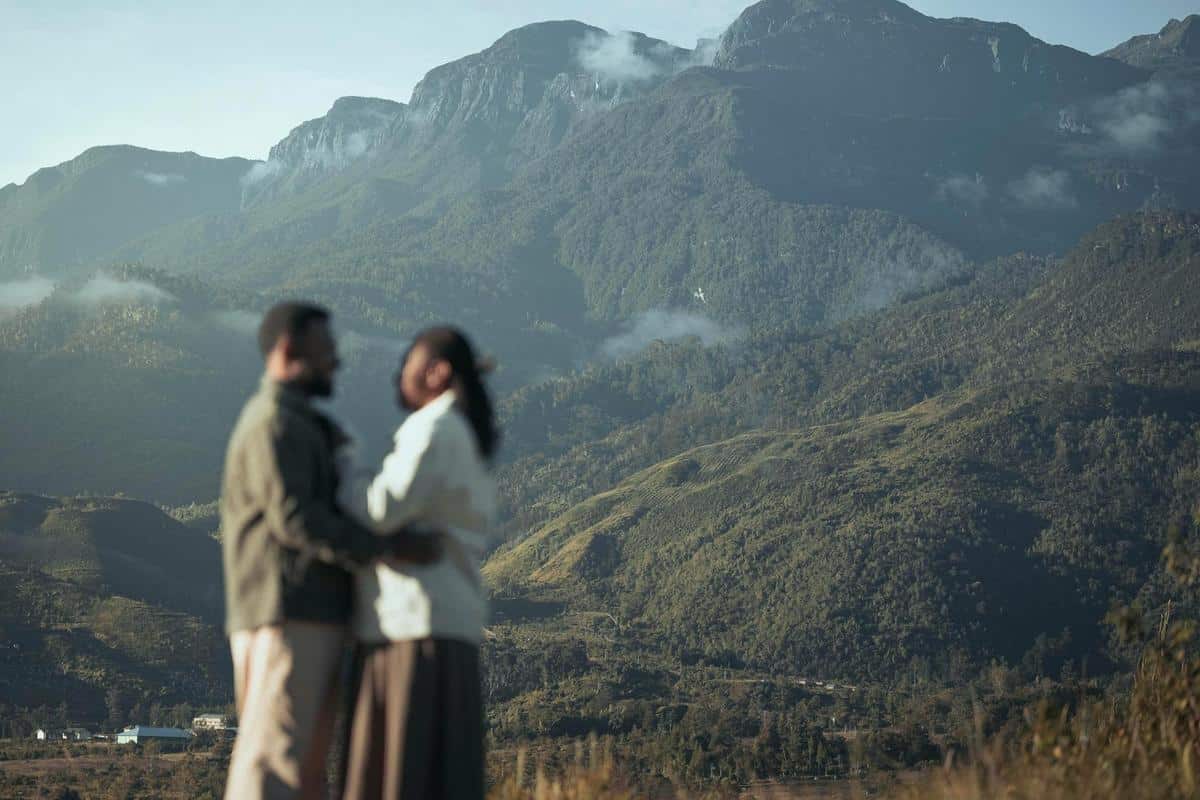
Understanding Depth of Field: A Comprehensive Guide
Have you ever wondered why some photos have a beautifully blurred background while others keep everything in sharp focus? The secret lies in the concept of depth of field (DoF), a crucial element in photography that can dramatically alter the look and feel of your images.
Understanding Depth of Field
Depth of field refers to the range of distance within a photo that appears acceptably sharp. It is influenced by three main factors: aperture, distance from the subject, and the focal length of the lens.
Aperture: The Gateway to Creativity
The aperture, often represented by the f-stop value, controls the amount of light entering the camera. A lower f-stop (e.g., f/2.8) results in a wider aperture, creating a shallow depth of field. This can beautifully blur the background, making your subject stand out. Conversely, a higher f-stop (e.g., f/16) gives a deeper depth of field, keeping more of the scene in focus.
Distance and Focal Length
The closer you are to your subject, the shallower the depth of field. Similarly, using a longer focal length (e.g., 200mm) will also reduce the depth of field, while a shorter focal length (e.g., 18mm) will increase it. These elements can be creatively used to draw attention to your subject or to provide context within the scene.
“Depth of field is not just a technical aspect; it’s a storytelling tool,” says professional photographer and educator David Peterson.
Practical Applications
Consider a portrait where the subject is sharply in focus while the background melts into a creamy blur. This technique, often used in portrait photography, isolates the subject and minimizes distractions. On the other hand, landscape photographers might opt for a deep depth of field to ensure the entire scene, from foreground to background, is in sharp detail, allowing viewers to explore every element.
| Factor | Effect on DoF |
|---|---|
| Aperture (f-stop) | Lower f-stop = Shallow DoF, Higher f-stop = Deep DoF |
| Distance to Subject | Closer = Shallow DoF, Farther = Deep DoF |
| Focal Length | Longer = Shallow DoF, Shorter = Deep DoF |
| Sensor Size | Larger Sensor = Shallow DoF, Smaller Sensor = Deep DoF |
| Light Conditions | Low Light = Wider Aperture Needed, Bright Light = Smaller Aperture Possible |
| Lens Type | Prime Lenses Often Offer Wider Apertures |
| Subject Size | Smaller Subjects Often Require More Precise DoF Control |
| Camera Settings | Balance ISO and Shutter Speed with Aperture for Desired DoF |
FAQs About Depth of Field
What is the easiest way to achieve a shallow depth of field?
Using a lens with a wide aperture (e.g., f/1.8) and getting close to your subject will help achieve a shallow depth of field.
How does sensor size affect depth of field?
Larger sensors typically provide a shallower depth of field compared to smaller sensors at the same aperture setting.
Can I change depth of field in post-processing?
While you can simulate depth of field effects in editing software, achieving it in-camera usually yields more natural results.
Conclusion
Understanding and mastering depth of field is essential for any photographer looking to enhance their storytelling through imagery. By manipulating aperture, distance, and focal length, you can craft photos that capture your artistic vision. Dive deeper into this topic by exploring resources like the Photography.com guide, which offers additional insights and examples. With practice, you’ll be able to wield depth of field as a powerful tool in your photographic arsenal, elevating the quality and impact of your work.

